How to stop a dog chasing cars: Six tips from top dog-trainer Ben Randall
Watching your dog run after traffic can be heart-stoppingly scary — but it's also a difficult habit to break. Ben Randall, expert dog trainer, explains how to go about stopping a dog chasing cars.


This week's query is one that can be terrifying for an owner — especially an owner of a puppy. The idea of your beloved pet running after traffic.
‘I have an eight-month-old Patterdale terrier who wants to run after traffic all the time,’ writes L.P., via email. ‘I can’t let him off the lead, unless I am far away from traffic — I have tried everything, please can you offer me any advice?’
This is a scary one. Looking at things like how to stop a dog jumping up, recall training, crate training a puppy or stopping your dog barking at the door are important, but there's more at stake in a situation which could become dangerous.
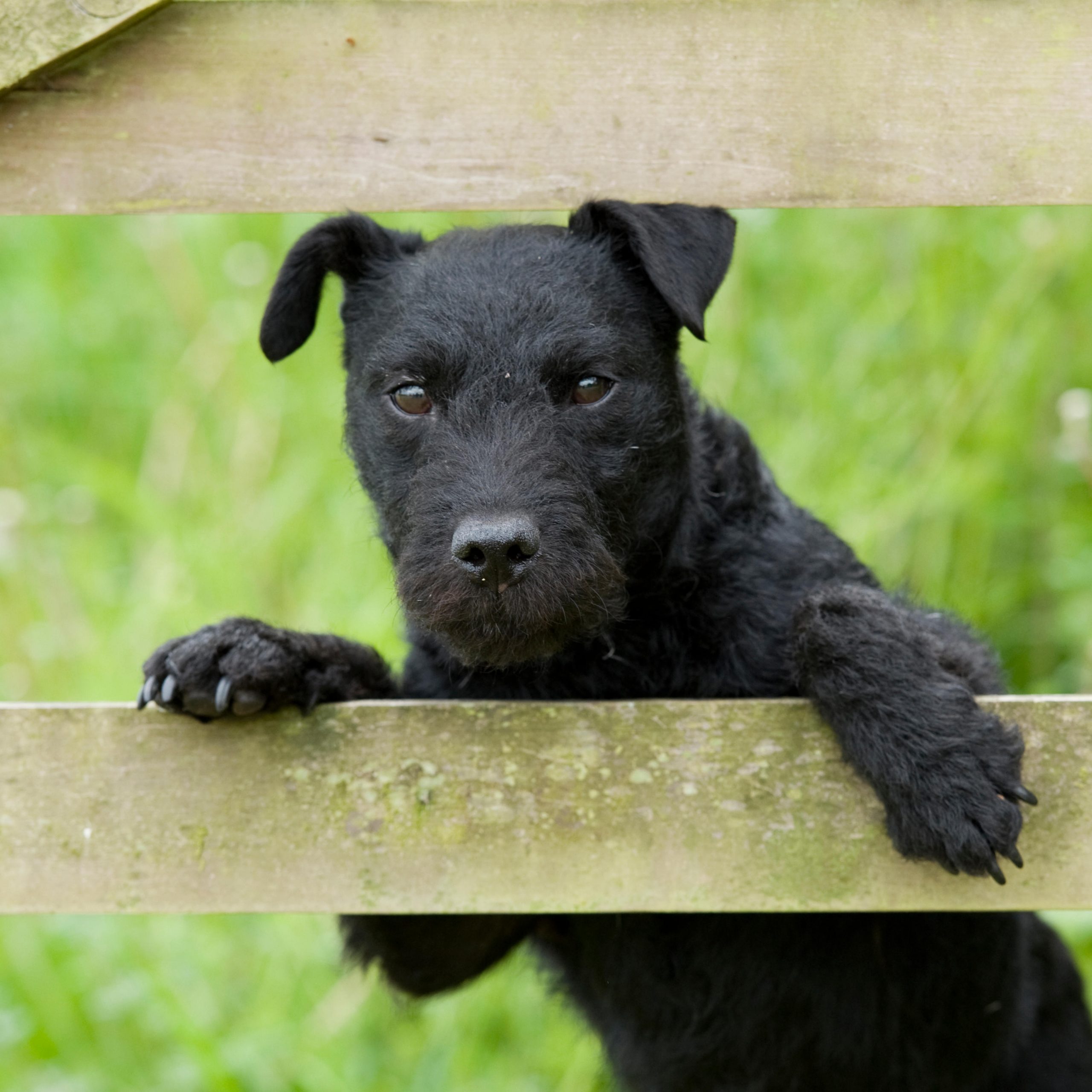
First things first: try to get into the mindset of a young terrier. You have to understand that, if your dog is allowed too much freedom, he/she will master these five things — and very quickly develop a sixth:
- Find it
- Chase it
- Catch it
- Kill it
- Eat it
- Not coming back when called
As this terrier is only eight months old, he’s potentially had six months of doing the wrong type of training. Therefore, we need to re-establish the foundation commands and ensure your dog is not put in this environment again until he’s learned them. Continuing with the way things are will only compound the problem.
I’ve been perfecting my BG (Beggarbush) foundation methods for nearly 20 years now — you can get a free trial of dog training app here, or ask me your own question by emailing paws-for-thought@futurenet.com — so I know how important it is that your dog stays safe and under control around traffic and all sorts of testing environments.
To stop your terrier from chasing after traffic, let’s look at reinforcing the ‘sit’, brushing up his recall, making the ‘leave’ command enjoyable and effective and building trust through training him to walk to ‘heel’, as well as some common mistakes to avoid.
Exquisite houses, the beauty of Nature, and how to get the most from your life, straight to your inbox.
Six tips to stop your dog chasing cars
1. Use mealtimes to build patience
Having a dog sitting in a controlled area with a distraction, such as their food, is the first building block in teaching your dog to sit and wait patiently in all environments.
2. Make recall a positive experience
Dog recall training is incredibly important, but your dog must also see it as a positive verbal or whistle command — on hearing it, he must understand that something good is happening around you when you give that command, so your dog learns that, the quicker he responds and gets back to you, the better.
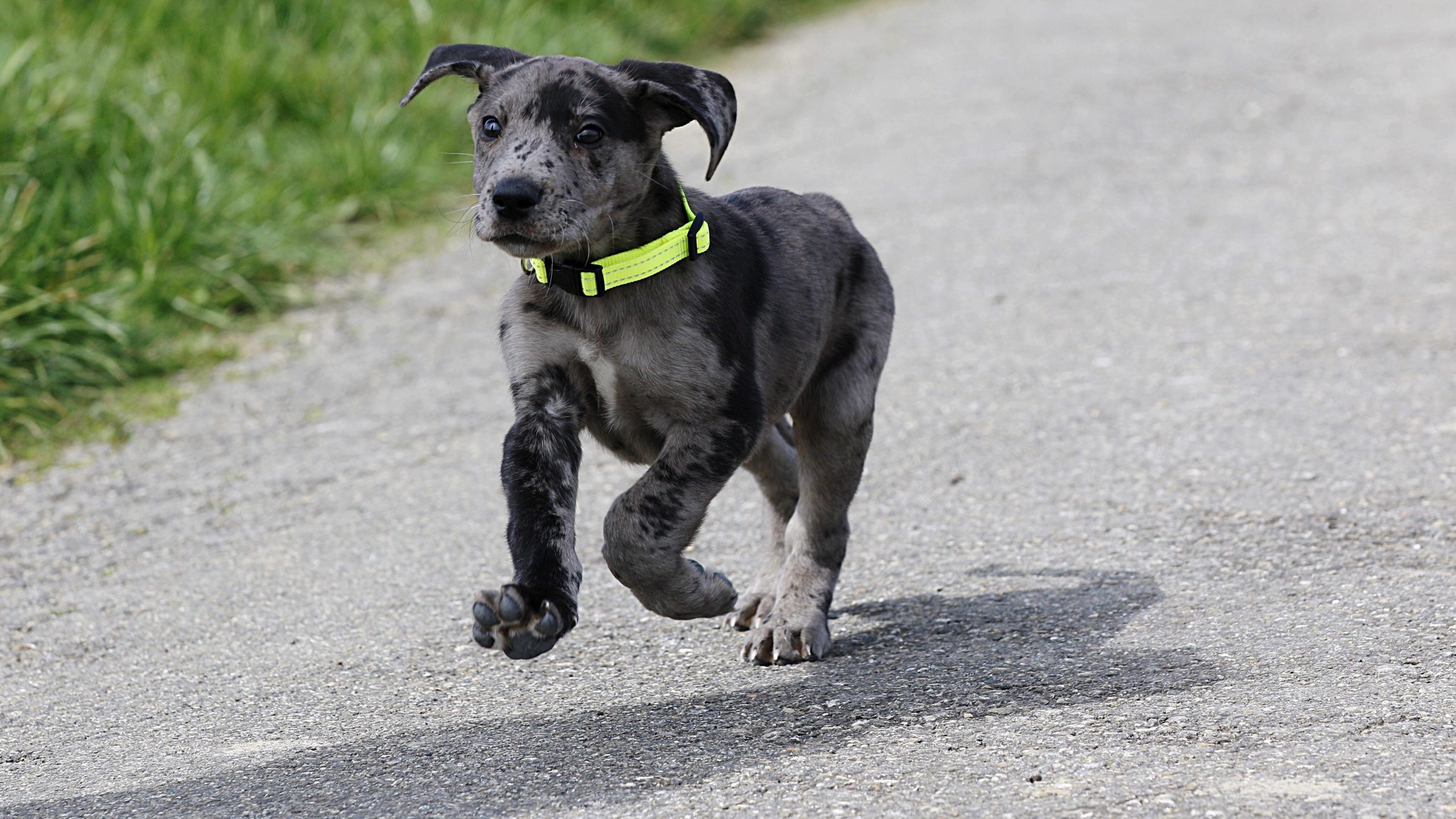
3. ‘Leave’ means ‘leave’ in any situation
The ‘leave’ command must, again, be a positive command so that your dog will react happily and willingly to it. Whether he’s distracted by a car, sheep, pheasant or attempting to steal something around the house, your dog needs to know that, when the ‘leave’ command is given, another form of reward (such as praise or a piece of kibble from you) will come their way.
4. Building trust through ‘heel’
If, by walking to ‘heel’, your dog is taught that staying close to your left hand side is a positive and rewarding experience, he will soon learn to trust you and your commands and happily walk calmly beside you on the lead in an environment that’s full of distractions.
5. Don’t allow your dog too much freedom on walks
If the foundation commands have not been correctly established in a positive manner from the get-go, especially outside of the home environment, there are some common mistakes that owners tend to make when their dog is a puppy that can encourage the chasing of cars, such as allowing dogs too much freedom on walks when they’re able to find their own fun. By the sounds of this Patterdale terrier, when left to his own devices, he’s probably given chase to all sorts — whether that’s a pheasant, a squirrel or, more dangerously, passing traffic.
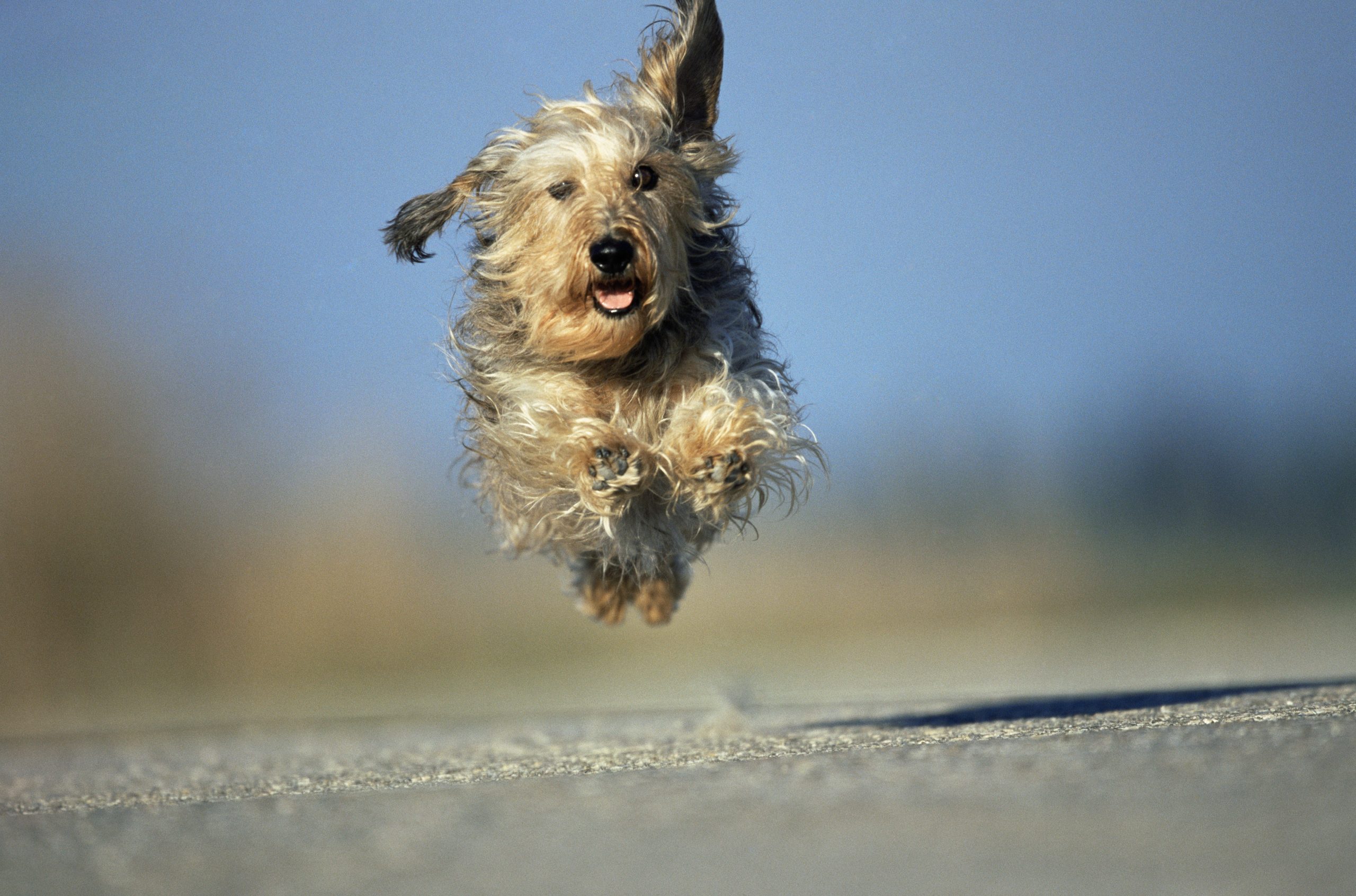
6. Beware of inadvertently ingraining bad habits — and be ready to go back to basics
Another issue I find with young pups is that owners and younger members of the family tend to throw balls or frisbees for them. If, for example, you’ve got a ball-chucker and you’re throwing a ball five times on every walk, three times a day, that’s roughly 450 times a month that you’ve encouraged your dog to chase after a moving object.
It’s important to remember that your dog will find it hard to differentiate between a ball/frisbee and a car/truck — so, if you’re doing this, stop it right away and go back to establishing the basic commands.
You can get a free seven-day trial of Ben Randall's Gundog training app at www.gundog.app/trial. For more detailed advice about Ben Randall’s positive, reward-based and proven BG training methods, one-to-one training sessions, residential training or five-star dog-boarding at his BGHQ in Herefordshire, telephone 01531 670960 or visit www.ledburylodgekennels.co.uk.
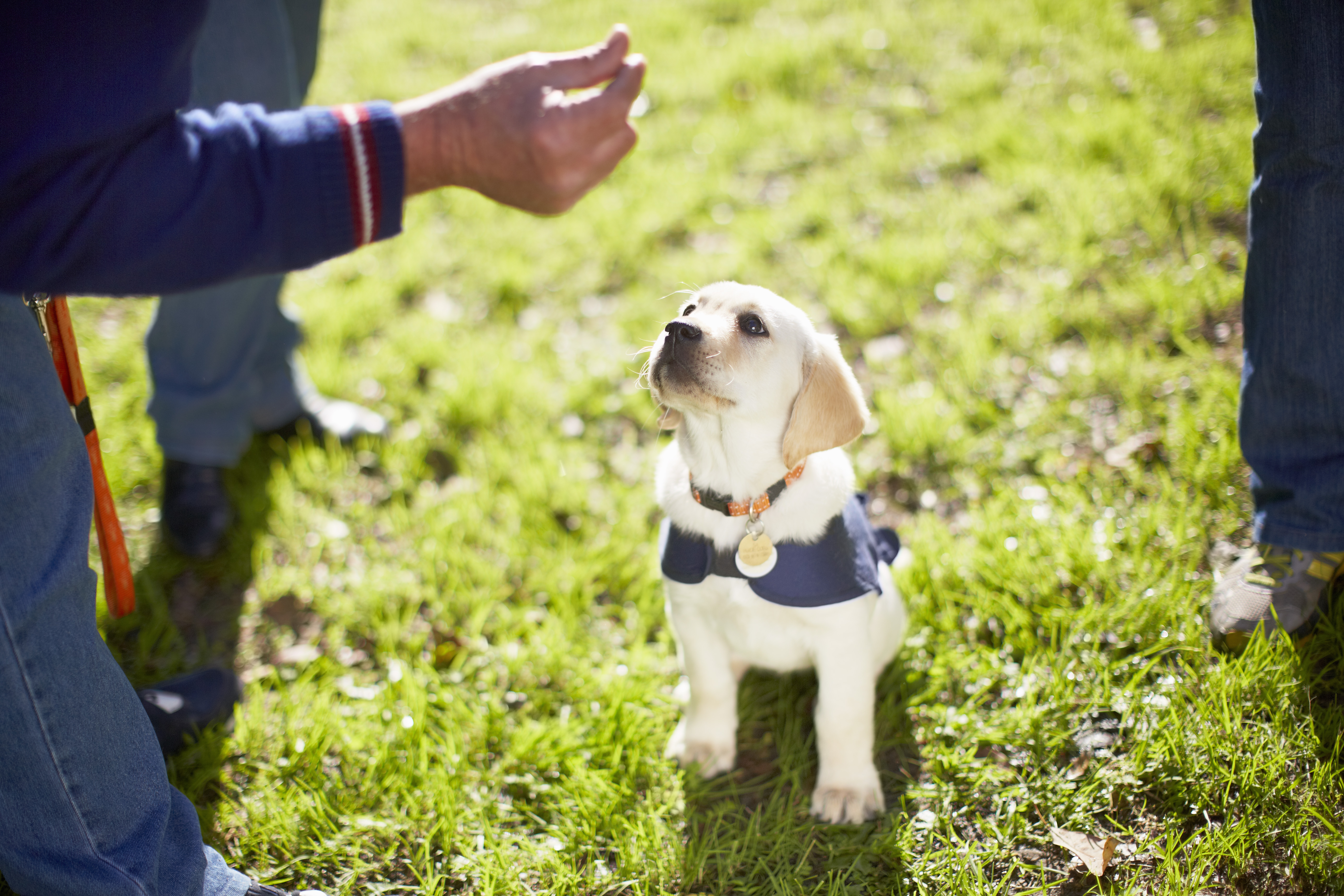
Credit: Getty Images/Westend61
How to teach a dog to sit: Five tips from leading dog trainer Ben Randall
Teaching your dog to sit is one of the most important things you can do — and it will help with
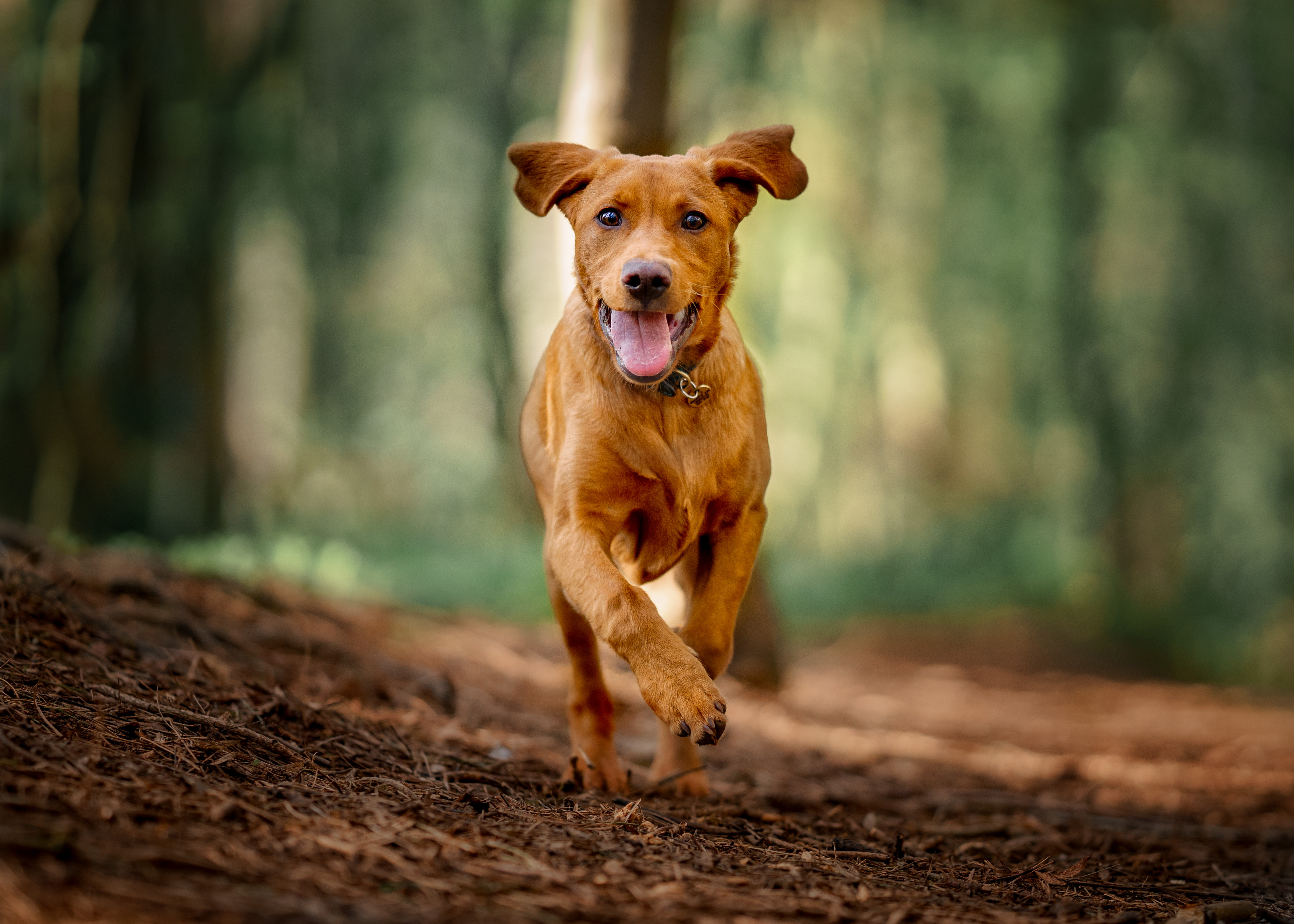
Credit: Getty Images
Dog recall training: Six tips from champion dog trainer Ben Randall
Training your dog is not easy — and with the huge recent rise in dog ownership, it's never been a better
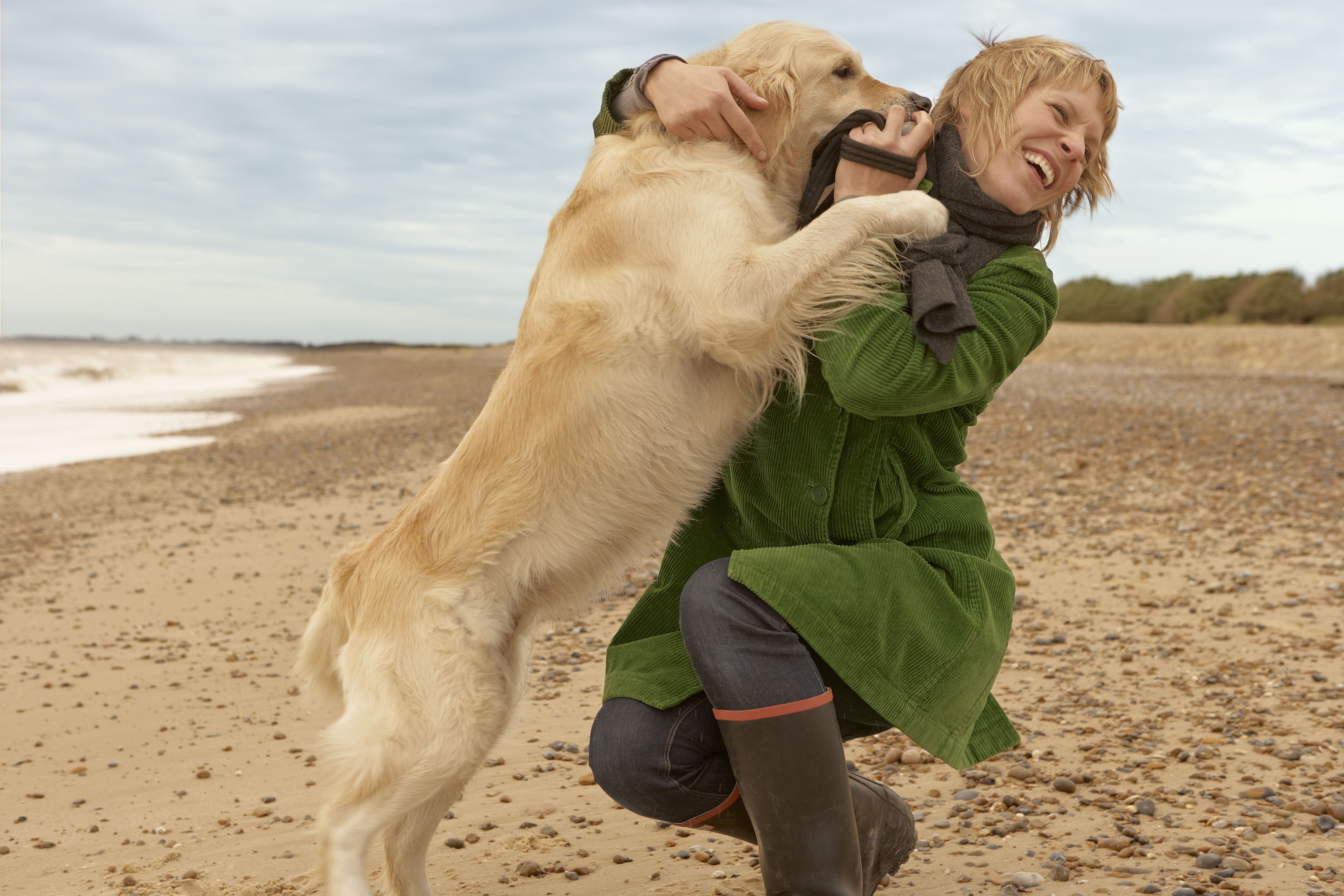
How to stop your dog jumping up, by expert trainer Ben Randall
It’s easy to dismiss our dogs’ love of jumping up on us — and other people — as friendly boisterousness,
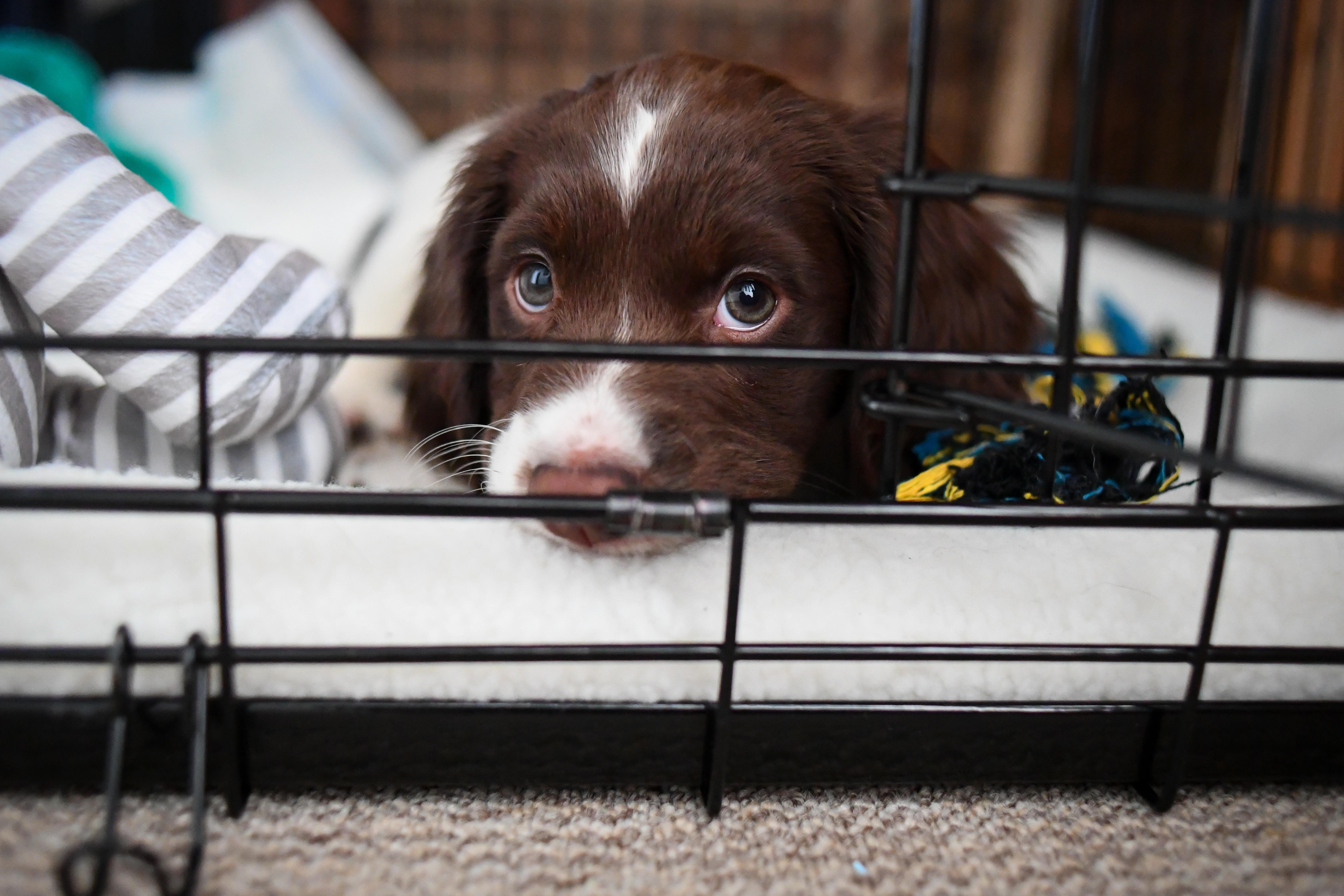
Crate training a puppy: Six tips from expert dog trainer Ben Randall
Puppy crate training can be tricky, yet it can pay dividends in all sorts of ways — even making puppy toilet
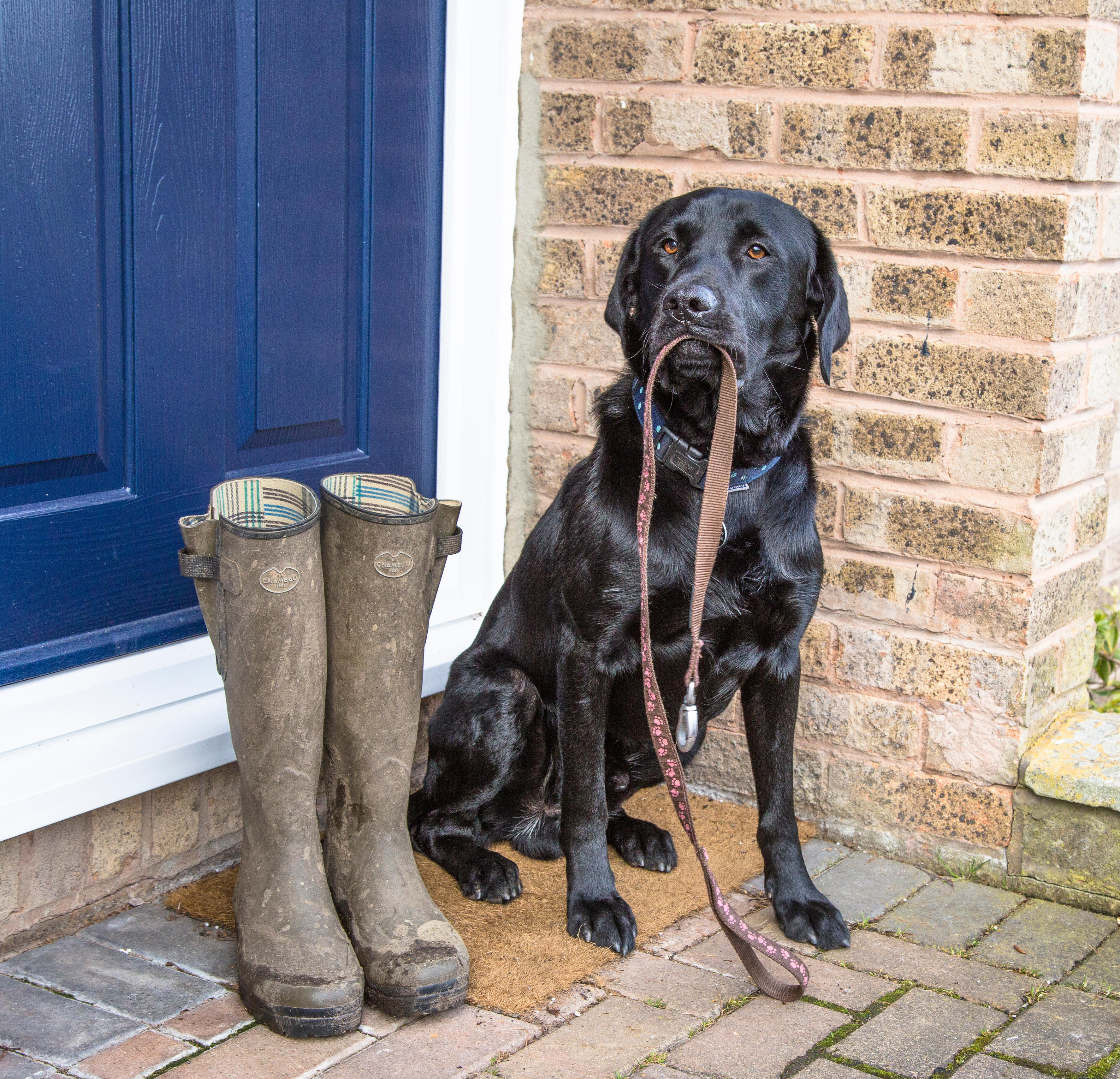
Credit: Ros Crosland / Alamy
Dog lead training: How to introduce the lead to your four-legged friend, by champion dog trainer Ben Randall
Introducing the lead to your dog can be tricky, but with a consistent routine you'll build positive associations that will
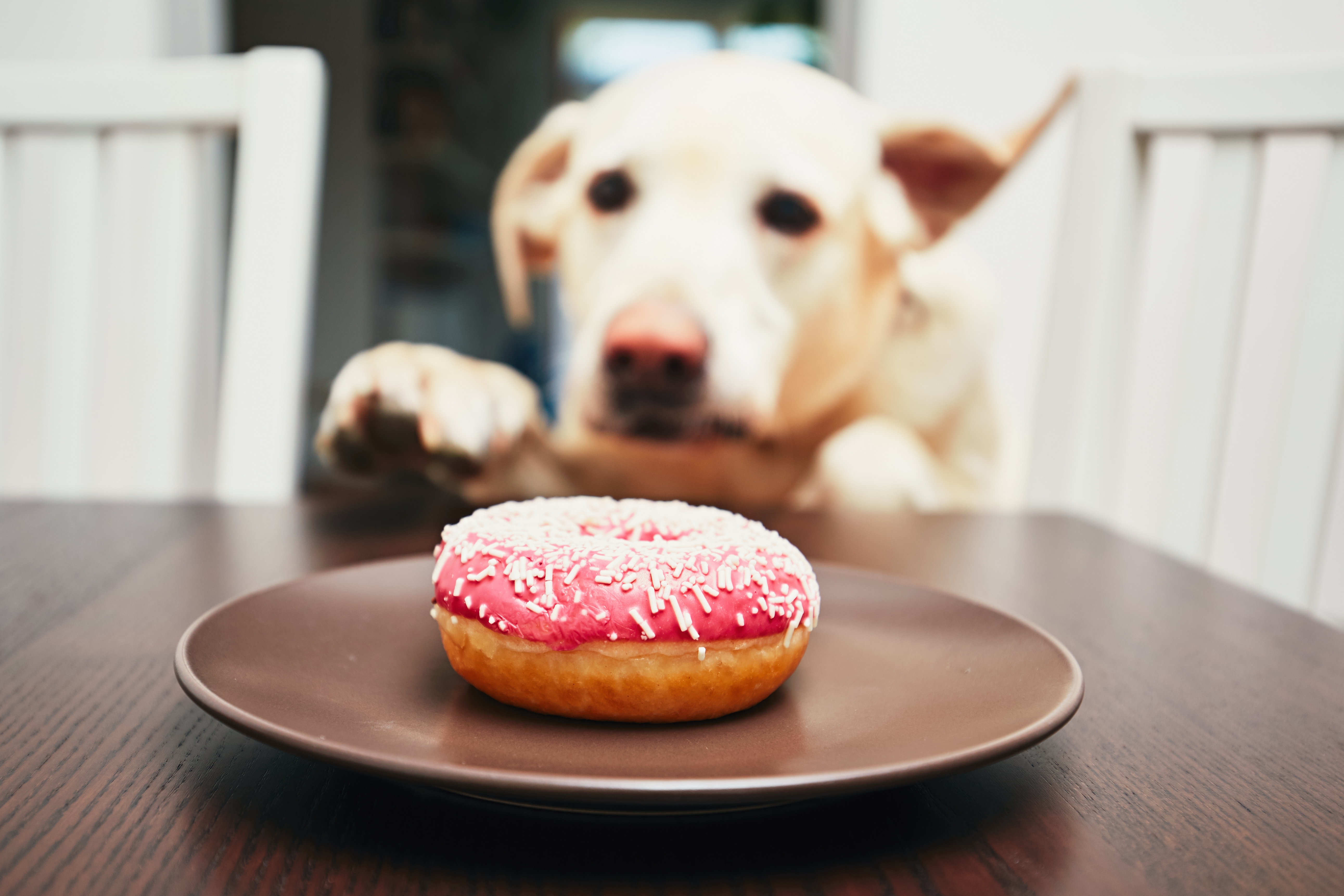
How to train your dog to leave things on command, by expert dog trainer Ben Randall
Teaching a dog to stop stealing food, clothes, TV remotes or anything else that they like to pinch can feel
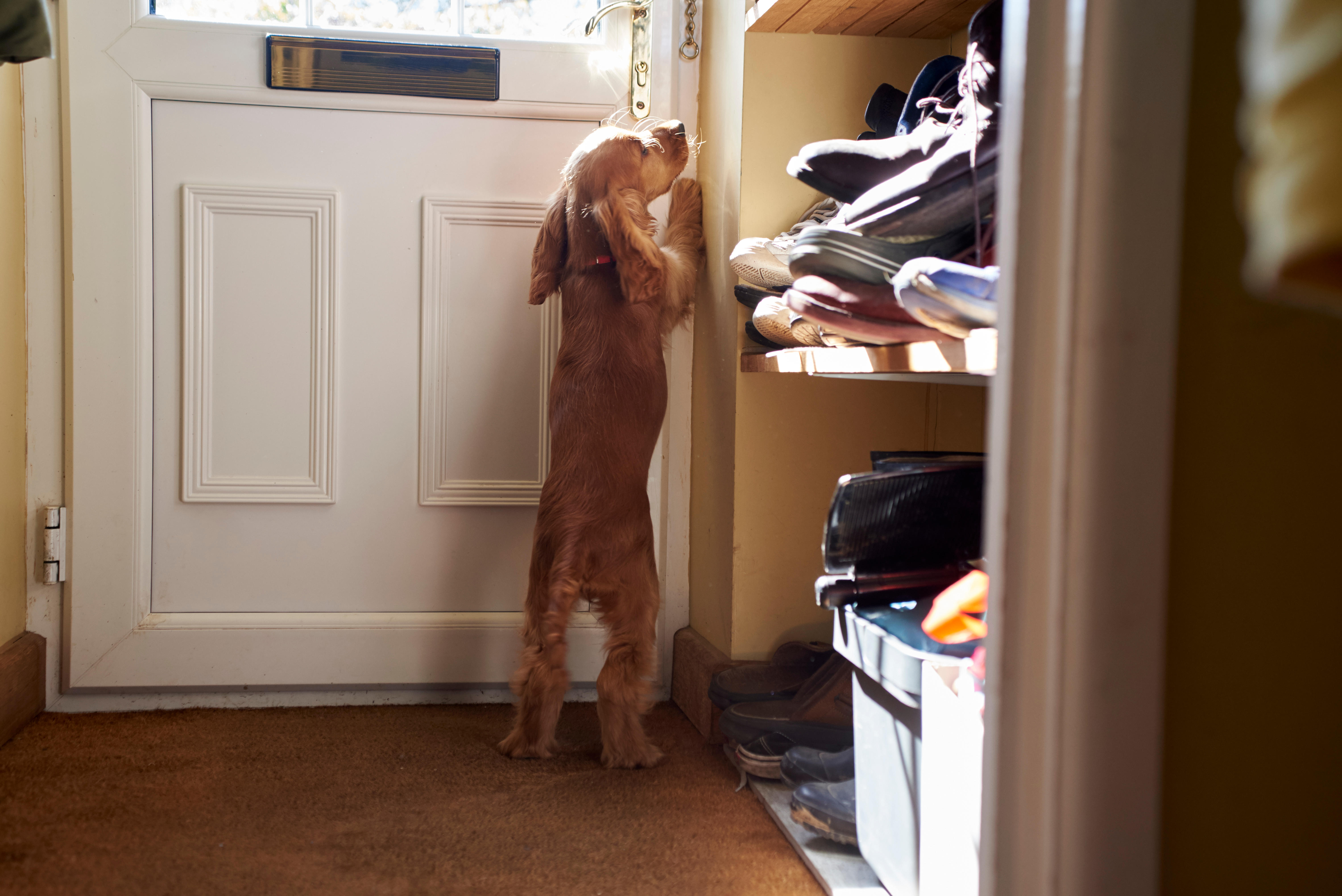
Credit: Alamy
How to stop your dog barking at the door
We know they mean well, but few things are more grating for dog owners — or more disconcerting for dog owners'

The champion dog trainer with a game-changing method who can teach any dog new tricks
Award-winning dog trainer Ben Randall — who looks after the dogs for everyone from David Beckham to Gordon Ramsay — happened
